Canada’s most beautiful national parks
Wild country

As the second largest country in the world by land mass, Canada is full of natural wonders, ranging from the majesty of the Rocky Mountains to the frozen ice caps of the Arctic. The Canadian government has always been protective of the country’s natural assets, which is why there are 48 national parks and reserves scattered across the country.
Read on to discover 30 of the most spectacular national parks in Canada...
Kluane National Park and Reserve, Yukon
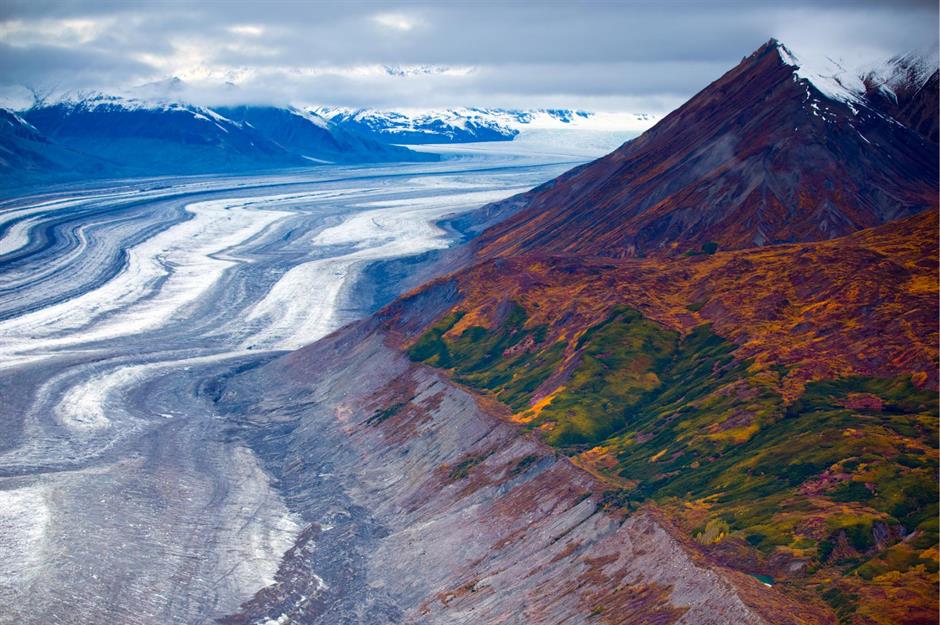
Kluane National Park has considerable bragging rights: it contains Mount Logan, the highest mountain in all of Canada, as well as Canada’s largest ice field and North America’s most diverse population of grizzly bears. Unsurprisingly, mountains make up the majority of its territory – all of that rocky terrain is perfect for hiking, paddling and other outdoor pursuits.
Gwaii Haanas National Park Reserve, British Columbia
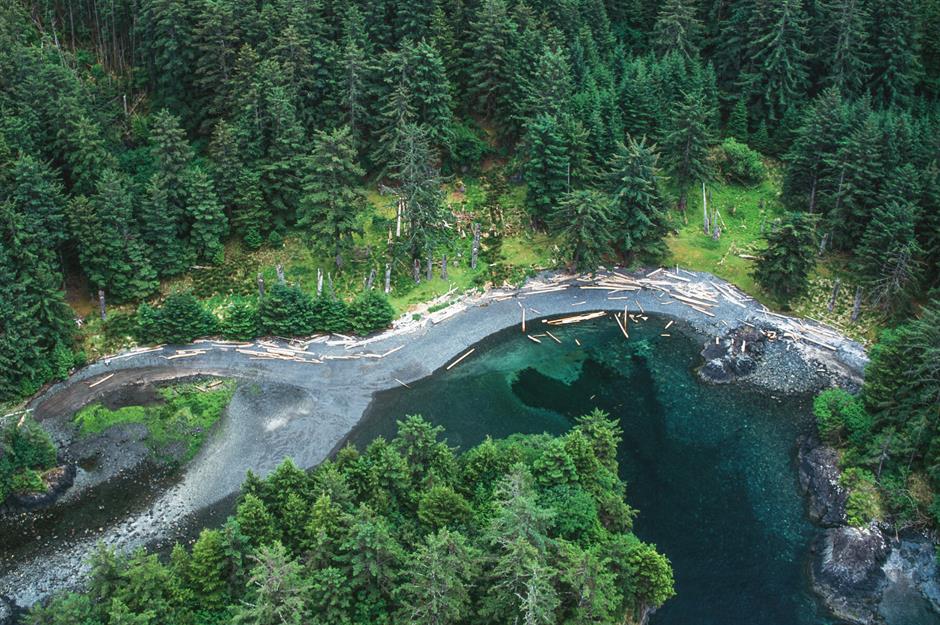
Haida Gwaii is an archipelago west of the BC mainland that is best known as the home of the people of the Haida Nation. It’s also the location of the Gwaii Haanas National Park Reserve, which is protected by the federal government.
The reserve is a stunning section of coastal rainforest, with marine wildlife, moss-covered cedar trees and plenty of waterways to kayak through. It’s also full of Haida culture, including ancient village sites, partially carved canoes and century-old loghouses.
Pacific Rim National Park Reserve, British Columbia
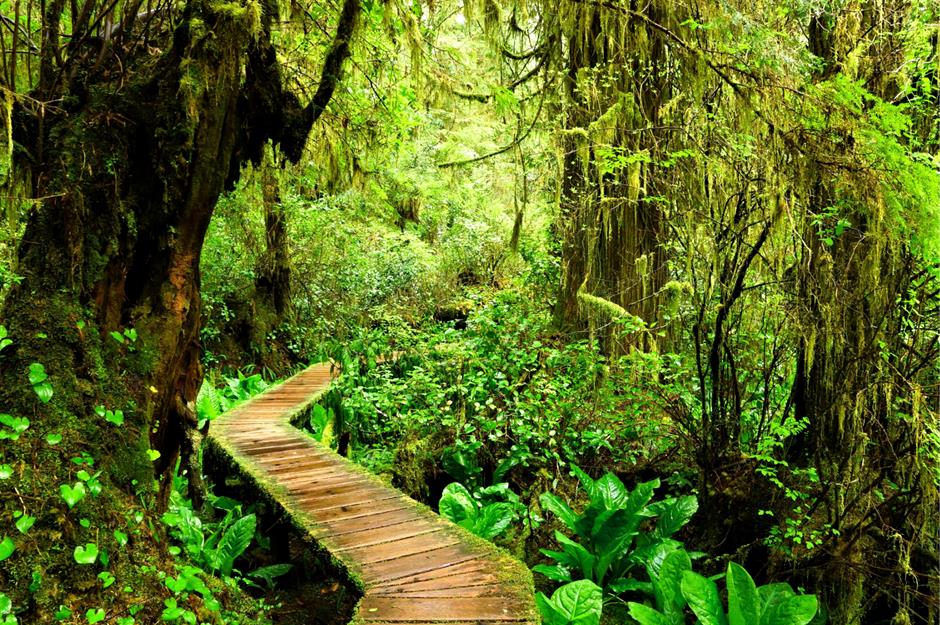
Very little compares to the rugged coastal landscape of the west coast of Vancouver Island. Pacific Rim National Park can be found on the very southwest corner of Canada in a rainforest looking out over the vastness of the Pacific Ocean.
Many come here to surf in the waters of Tofino and Ucluelet, but the biggest attraction is the West Coast Trail: a notoriously tough multi-day hiking route with more than a hundred ladders, sections of boggy mud and rivers to wade through.
Gulf Islands National Park Reserve, British Columbia
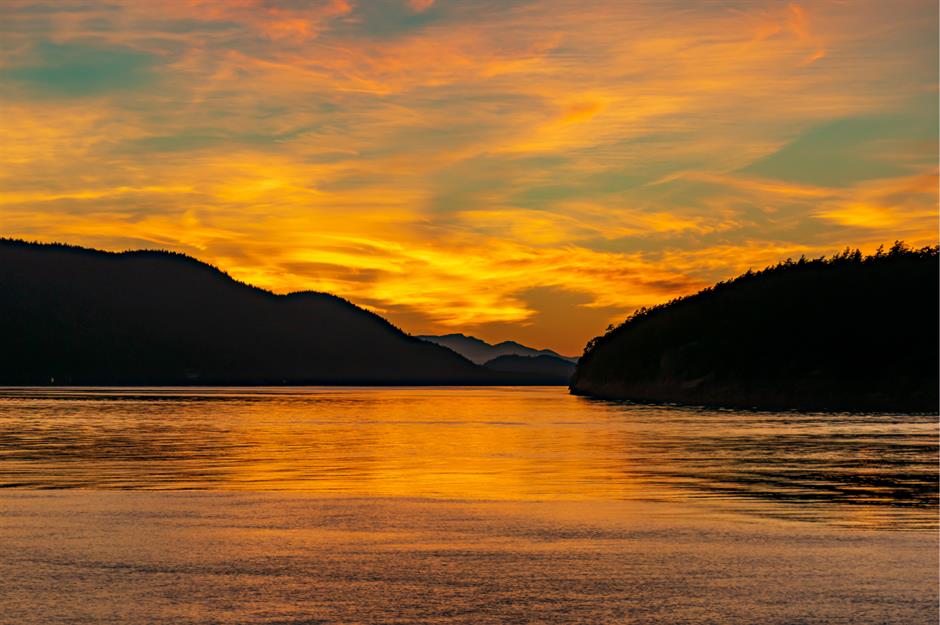
Wedged between Vancouver Island and the BC mainland, the Southern Gulf Islands set the scene for a relaxed coastal retreat. While some of the islands are populated, many are in a relatively natural state and 15 of those, plus an additional 30 very small islets, make up this unique park.
The reserve’s warm climate is often compared to the Mediterranean and its unique coastal ecosystem provides a home for seals, otters, orcas, porpoises and a host of waterfowl.
Mount Revelstoke National Park, British Columbia
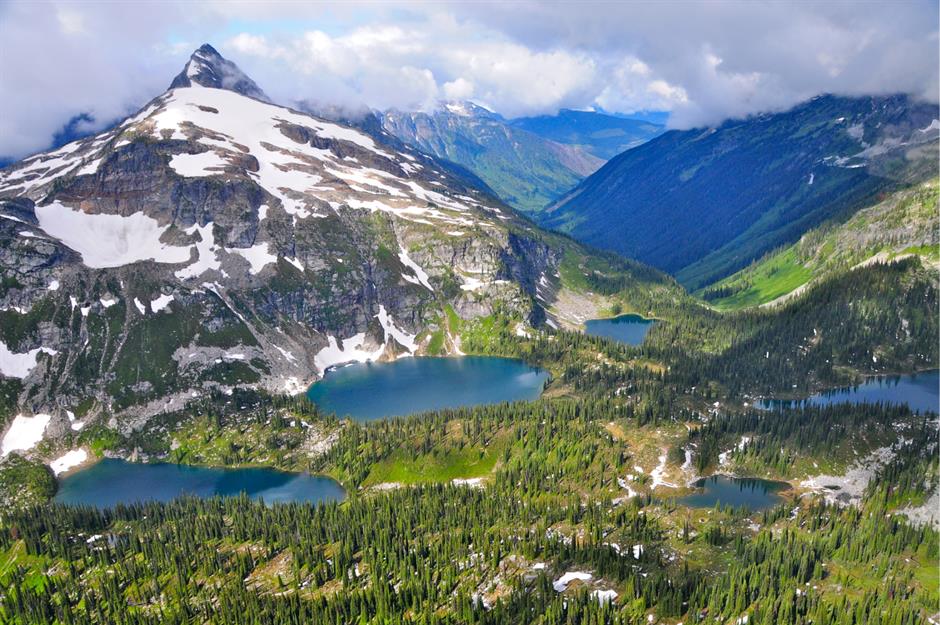
Located just west of the Alberta/BC border, Mount Revelstoke is a relatively small national park adjacent to the mountain town of the same name. There’s plenty of skiing in the area, but most notably it features an inland temperate rainforest.
The park's most celebrated feature is the Meadows in the Sky Parkway, a beautiful roadway that takes drivers 16 miles (26km) upwards into the mountains towards wildflowers and hiking trails.
Kootenay National Park, British Columbia
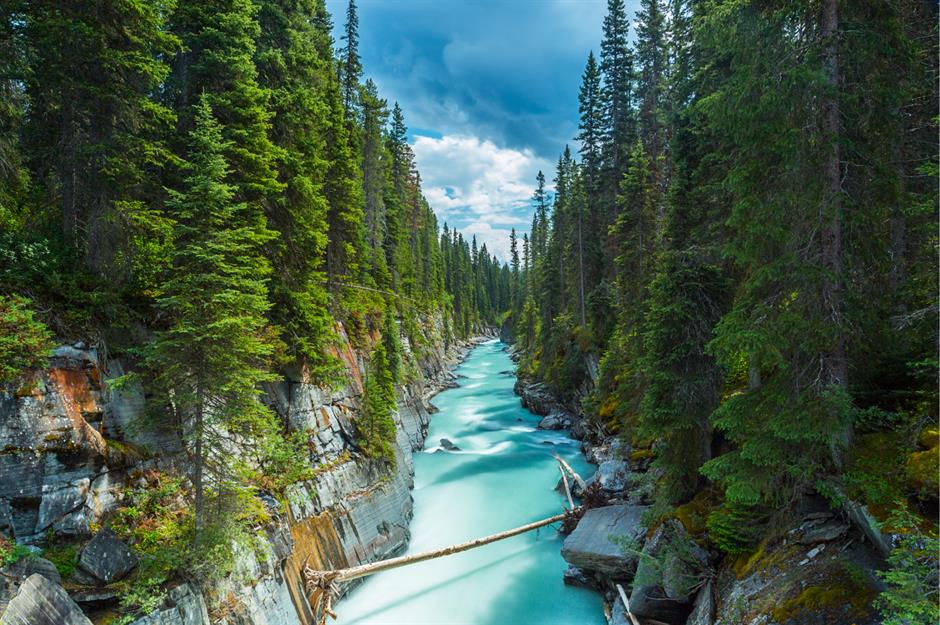
Situated in the interior of BC, Kootenay National Park is part of the Canadian Rockies but has a different feel to the more famous Banff and Jasper. Kootenay is known for its natural hot springs, particularly Radium Hot Springs, which attracts many visitors who come to bathe and relax in the area. The park also boasts countless hiking trails, many of which reveal waterfalls or canyons, making it a popular getaway spot for nature lovers from nearby Calgary.
Yoho National Park, British Columbia
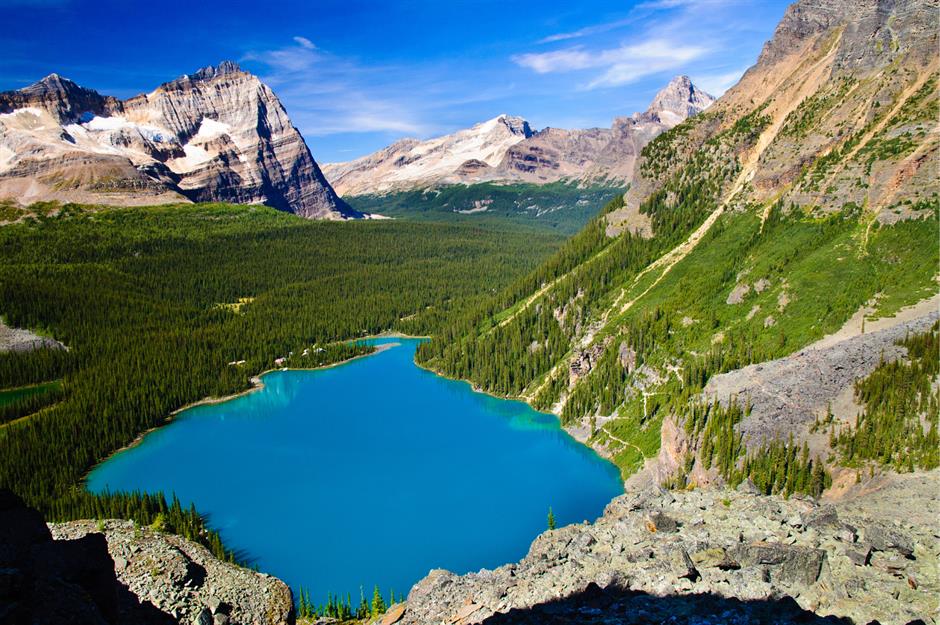
Yoho National Park is just over the BC/Alberta border and on the continental divide, directly adjacent to Banff National Park. It’s in the heart of the Rocky Mountains and is suitably adorned with formidable peaks, waterfalls and outstanding bodies of water, including Lake O’Hara. Many Canadians primarily know Yoho as a place to drive through to get from Calgary to Banff, but the park is full of opportunities to hike, camp and enjoy the wilderness.
Banff National Park, Alberta
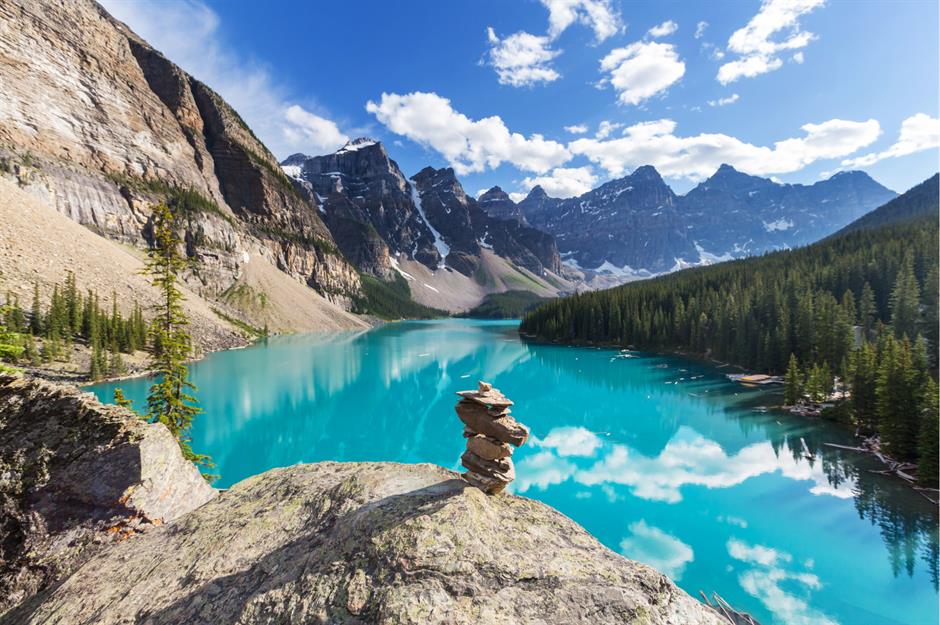
The oldest and most famous of all Canada’s national parks, Banff National Park has more than earned its lofty reputation. This is the place to experience the overwhelming majesty of Canada’s Rocky Mountains with countless hiking trails, beautiful turquoise lakes and plenty of wildlife, including grizzly bears and moose. The park includes the town of Banff, which is full of museums, restaurants, luxurious hotels and other prime attractions.
Jasper National Park, Alberta
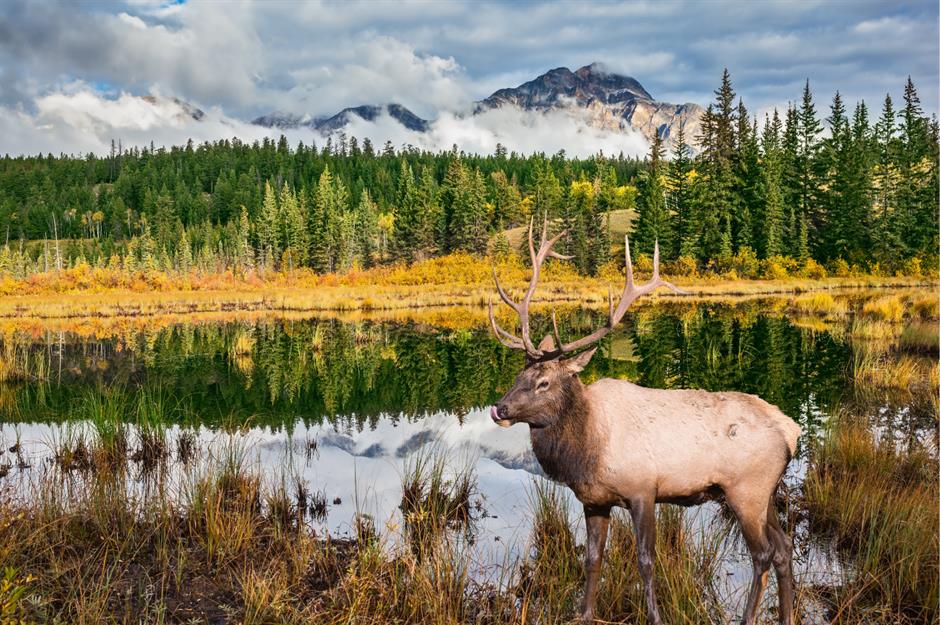
Alberta’s lesser-known but significantly larger Jasper National Park is just north of Banff. The park is home to the Columbia Icefields, a collection of glaciers that straddle the Great Divide and are accessible by foot or tour bus. Driving up the Icefields Parkway towards the town of Jasper is usually a real treat.
So too are natural attractions like Maligne Canyon, which is the deepest canyon in the Rockies at more than 164 feet (50m) in places. However, the park suffered a devastating wildfire in 2024, its largest in a century, which burned through 81,663 acres of land. Full recovery is likely to be a lengthy process, and it's wise to check for updates before planning a visit.
Waterton Lakes National Park, Alberta
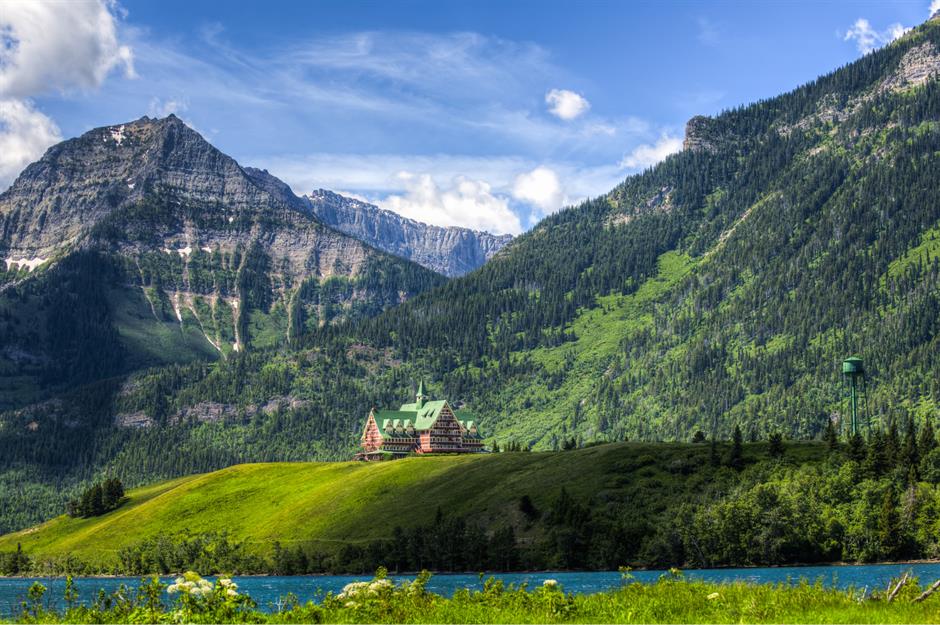
Sitting in the Alberta foothills on the cusp of the Rocky Mountains, Waterton Lakes National Park's lakes flow across the Canada/US border into the state of Montana. The main draw here is not just the beauty of the adjoining lakes that give the park its name, but Waterton’s extensive hiking trails that appeal to walkers of all abilities. The park is also home to the Prince of Wales Hotel, a classic Canadian railway hotel situated in the very charming town of Waterton.
Elk Island National Park, Alberta
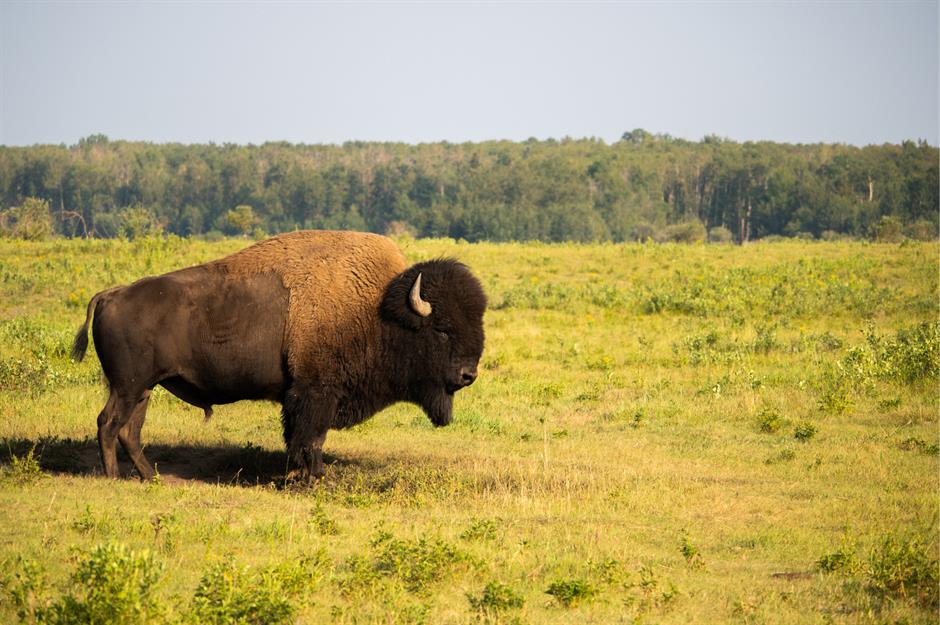
Ever wondered where the buffalo roam? The Canadian answer is Elk Island National Park, an area just east of Edmonton that is all about the protection of Canada’s plains bison. It’s a relatively small national park, but packs a lot of punch.
The Canadian government uses it to rehabilitate Alberta’s bison population, which was previously on the brink of extinction. Elk Island’s unique ecosystem is also home to other animals, including moose, deer and timber wolves.
Nahanni National Park Reserve, Northwest Territories
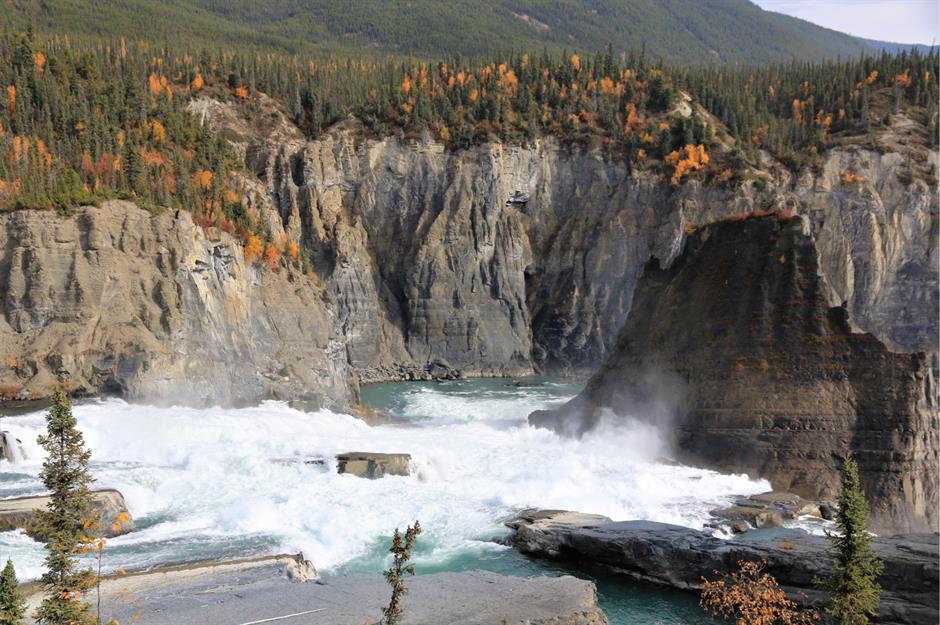
The Nahanni River has carved some spectacular sights into the land that makes up Nahanni National Park Reserve. The river snakes through a series of canyons, with the water going over a drop twice the height of Niagara Falls.
The park is also an excellent example of the dramatic effect of continental shift, with strikingly jagged mountains appearing throughout the landscape, including a group dubbed the Cirque of the Unclimbables.
Grasslands National Park, Saskatchewan
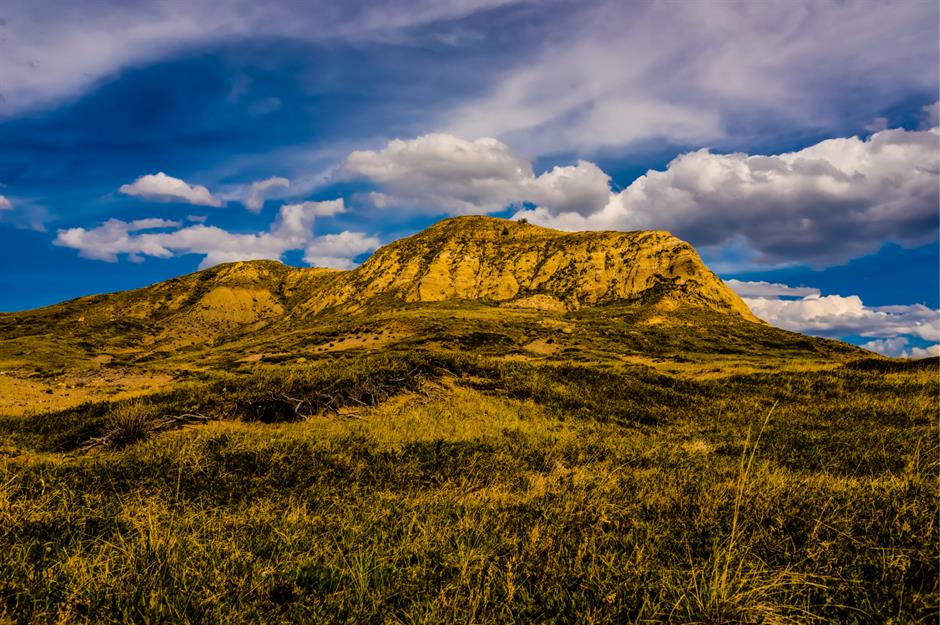
The Canadian prairies may not have the same dramatic beauty as the mountains or the coast, but the expanse and sheer flatness of a place like Grasslands National Park is awe-inspiring in its own right. The vast prairie plains are mesmerising and the park also hides deposits of dinosaur fossils and First Nations artefacts. For drivers, the Badlands Parkway offers great views of Saskatchewan’s fascinating topography.
Wapusk National Park, Manitoba
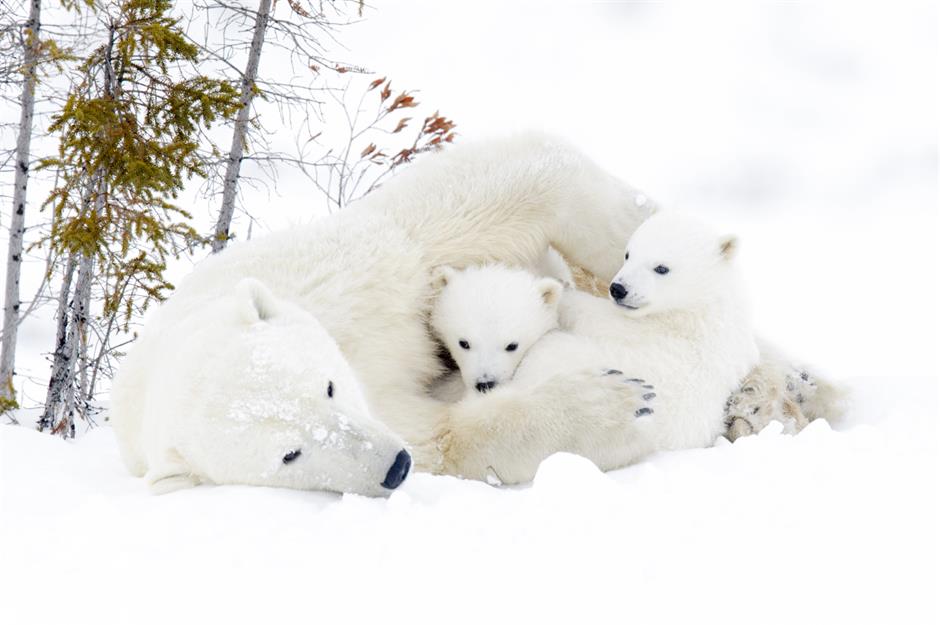
Wapusk National Park sits in northern Manitoba, right on the Hudson Bay at the border between Canada’s boreal forest and Arctic tundra. The park’s indisputable claim to fame is its extraordinary population of polar bears, which can be seen at close range from Cape Churchill.
It's also incredibly remote and bear viewing must be done with a certified tour operator such as Wat'chee Expeditions, who run polar bear-watching tours in a short period between February and March each year.
Pukaskwa National Park, Ontario
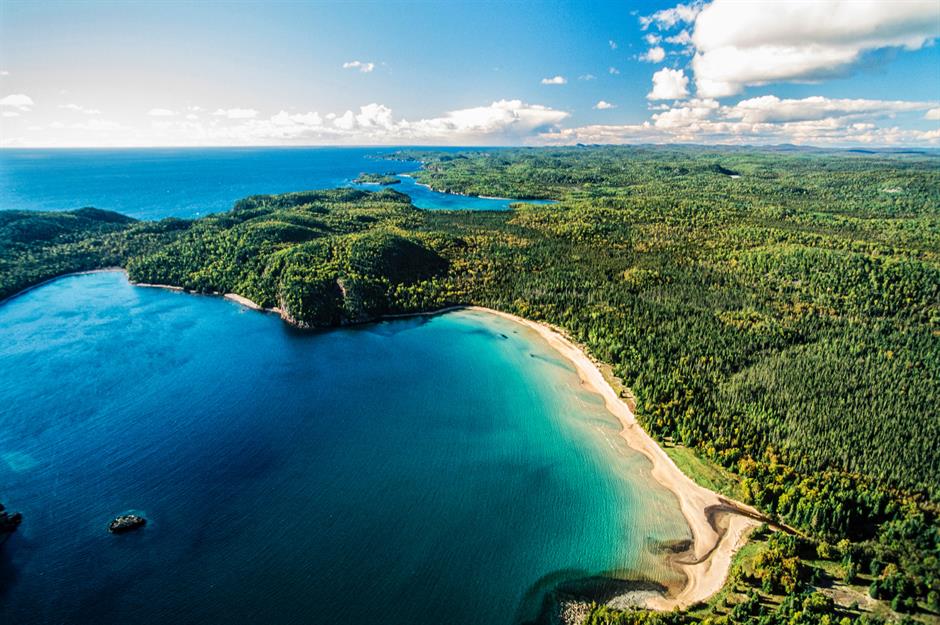
One of five national parks in Ontario, Pukaskwa National Park takes up a vast swathe of boreal forest adjacent to Lake Superior. The natural elements range from steep cliffs to sandy beaches, with plenty of boardwalks and hiking trails to amble along while enjoying the view. The park’s Coastal Hiking Trail includes the White River Suspension Bridge, which stretches across the roaring Chigamiwinigum Falls.
Point Pelee National Park, Ontario
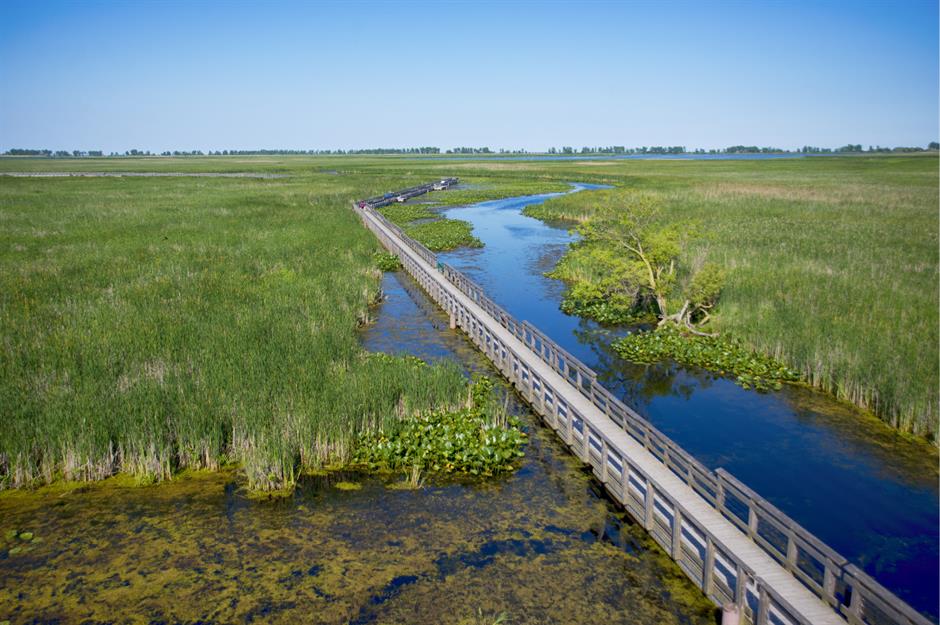
Look at a map of Canada and you’ll see Ontario extending into the Great Lakes in an arrow-shaped point. At the very bottom lies Point Pelee National Park, reaching into the great Lake Erie. Point Pelee may be small, but it's one of the country's most ecologically diverse national parks, with a warm and humid climate that fosters a range of birds, insects, reptiles and mammals generally not found in other parts of Canada.
Thousand Islands National Park, Ontario
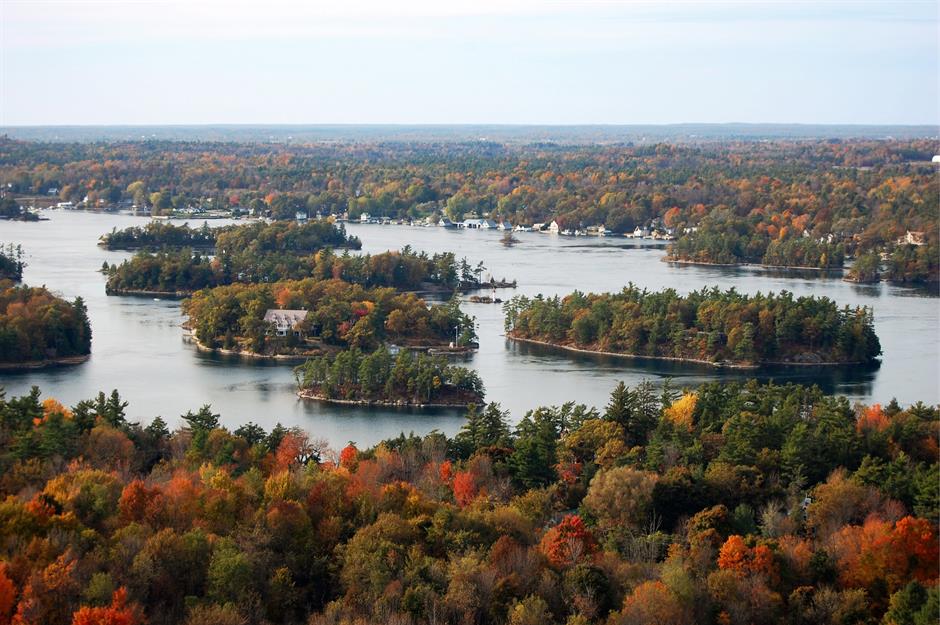
Situated in the Frontenac Arch Biosphere, Thousand Islands National Park is part of one of the most biodiverse areas in Canada. The multitude of small islands are actually the remnants of worn-down mountain tops, and it’s best to explore the winding waterways by kayak or canoe. Thanks to its convenient location in southern Ontario, the park is relatively accessible and thus a favourite for campers and day-trippers from Toronto, Ottawa or Montreal.
Auyuittuq National Park, Nunavut
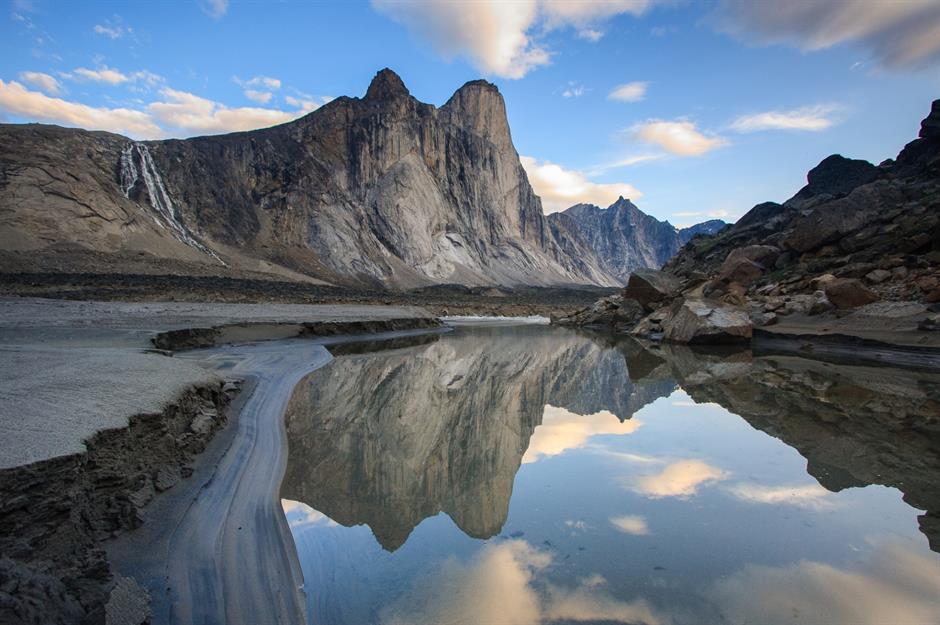
Originally known as Baffin Island National Park, Auyuittuq is located on Baffin Island, a large Arctic isle that sits in the territory of Nunavut above Hudson Bay. North of the Canadian mainland, the park is part of a largely untouched land of rough ancient rock and fjords. Its remoteness draws in adventurous mountaineers and backcountry skiers who seek out the heights of the impressive Akshayuk Pass.
Quttinirpaaq National Park, Nunavut
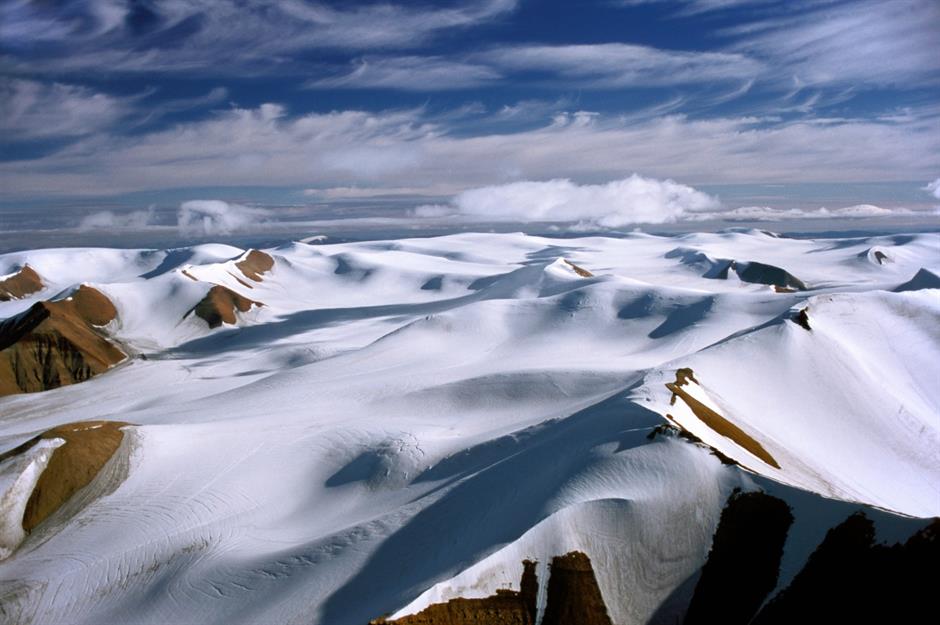
This national park gets its name from an Inuktitut word that translates to 'land at the top of the world', which is fitting given that Quttinirpaaq National Park is the most northerly national park in Canada and the second most northerly in the world.
It's a true Arctic landscape, with ice caps, black rock, tundra-specific wildlife and, depending on the time of year, the opportunity to experience either day-long darkness or the magnificence of the Arctic midnight sun.
Sirmilik National Park, Nunavut
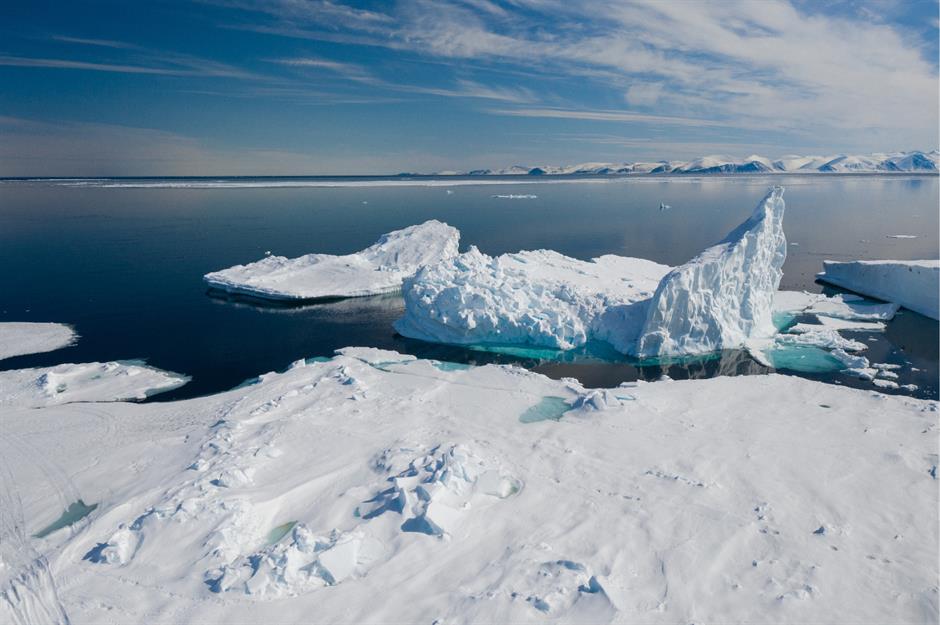
This Arctic national park, full of seals, narwhals and beluga whales, is a haven for wildlife watchers. Much of Sirmilik National Park is on the water, giving visitors the chance to explore most freely by sea kayak. The park’s name translates from Inuktitut to English as 'place of glaciers', and given its extreme northerliness there are gleaming ice caps and glaciers as far as the eye can see.
La Mauricie National Park, Quebec
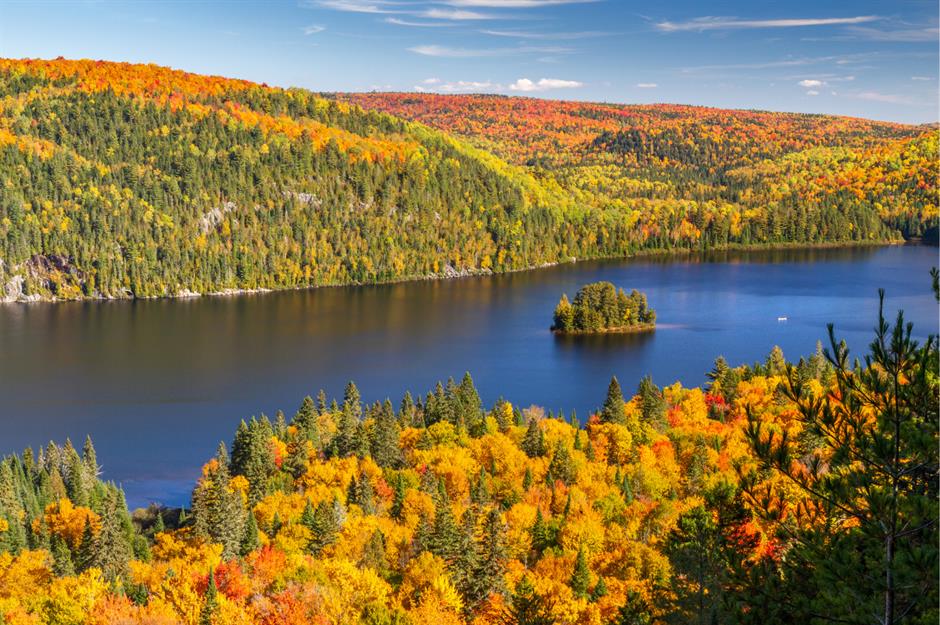
Full of conifers and hardwood forests set against beautiful lakes that seem to be made just for canoeing, La Mauricie National Park is beautiful year-round, but it’s particularly spectacular in autumn when the trees take on brilliant autumn colours. Wildlife frolics in the park’s woods, including moose, beavers, loons and rare wood turtles.
Mingan Archipelago National Park Reserve, Quebec
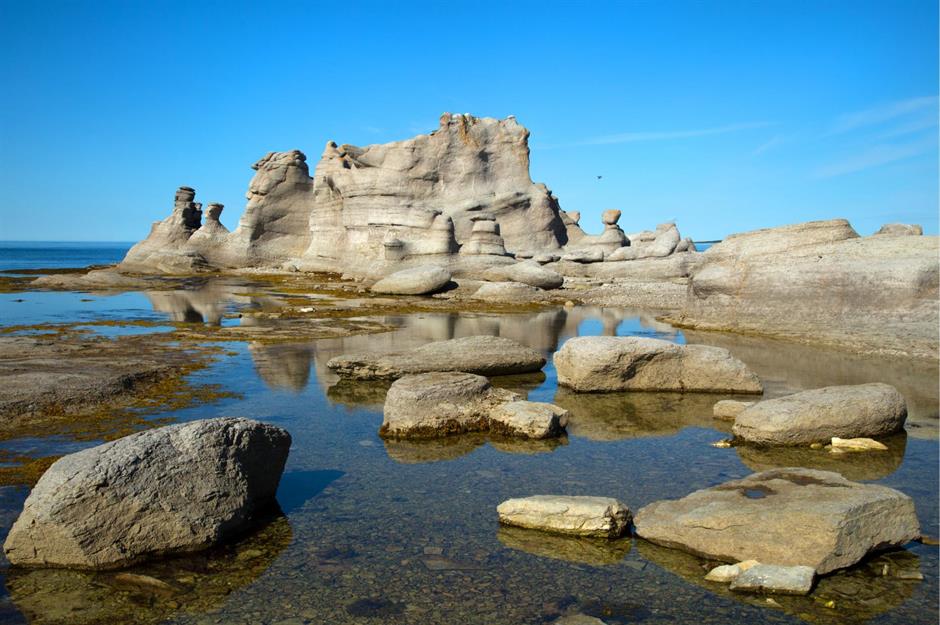
This chain of around one thousand islands and islets in the Gulf of St Lawrence is a favourite spot for kayakers and birdwatchers looking for puffins, terns and common eiders. Mingan Archipelago National Park Reserve's most famous feature is a series of huge limestone outcrops jutting out of the water. The giant, otherworldly rock formations are the largest group of such monoliths in all of Canada.
Prince Edward Island National Park, Prince Edward Island
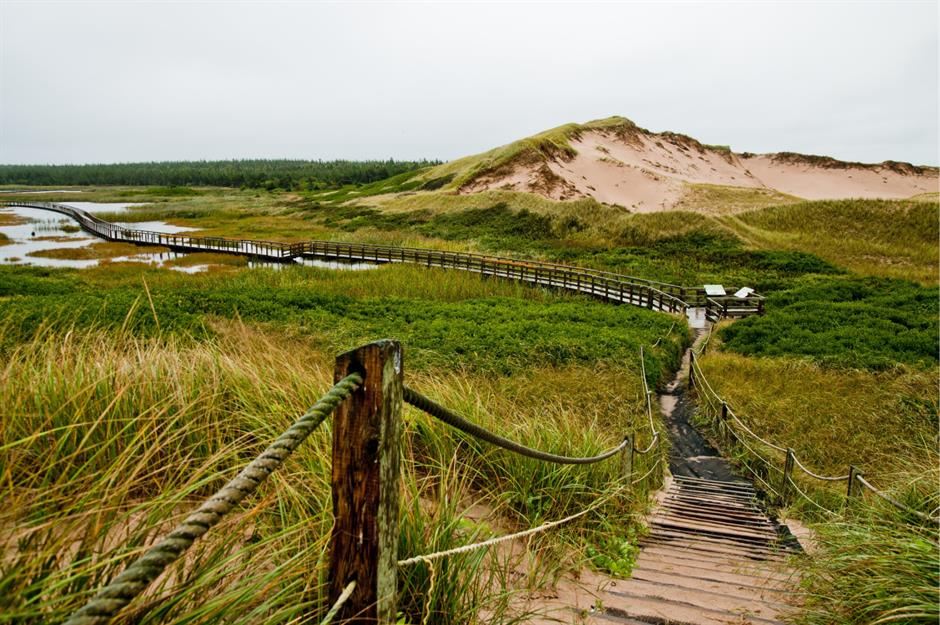
Located on the northern shore of PEI, Prince Edward Island National Park features a string of beaches, hiking routes and cycling trails. There are a staggering number of top attractions in the park, including the picturesque Greenwich Sand Dunes, the Dalvay-by-the-Sea National Historic Site and the famed Green Gables, home of LM Montgomery’s fictional heroine Anne Shirley.
It is also designated as an Important Bird Area and serves as a nesting ground for the endangered piping plover.
Kouchibouguac National Park, New Brunswick
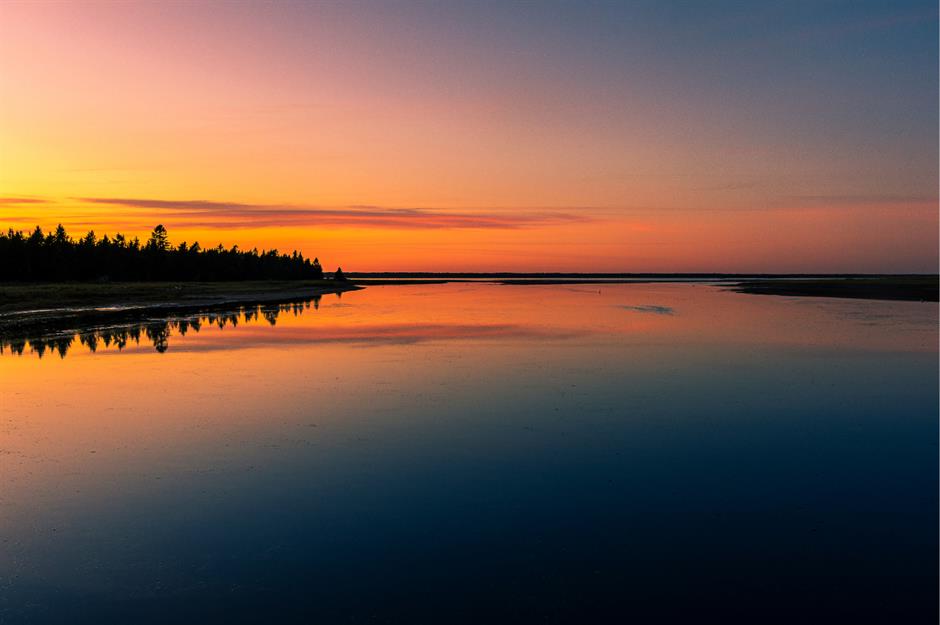
Kouchibouguac National Park can be found on New Brunswick’s Acadian Coast, a location that makes for a combination of thick forests, seaside beaches and marshes. The park’s most distinctive feature is its boardwalk trails, which snake through salt marshes, bogs and golden sand dunes.
Yet this stunning natural landscape did not become a national park without controversy. In 1969, its Acadian inhabitants were ejected by the Canadian government when the park was created; their story is told through an exhibit in the park’s visitor centre.
Cape Breton Highlands National Park, Nova Scotia
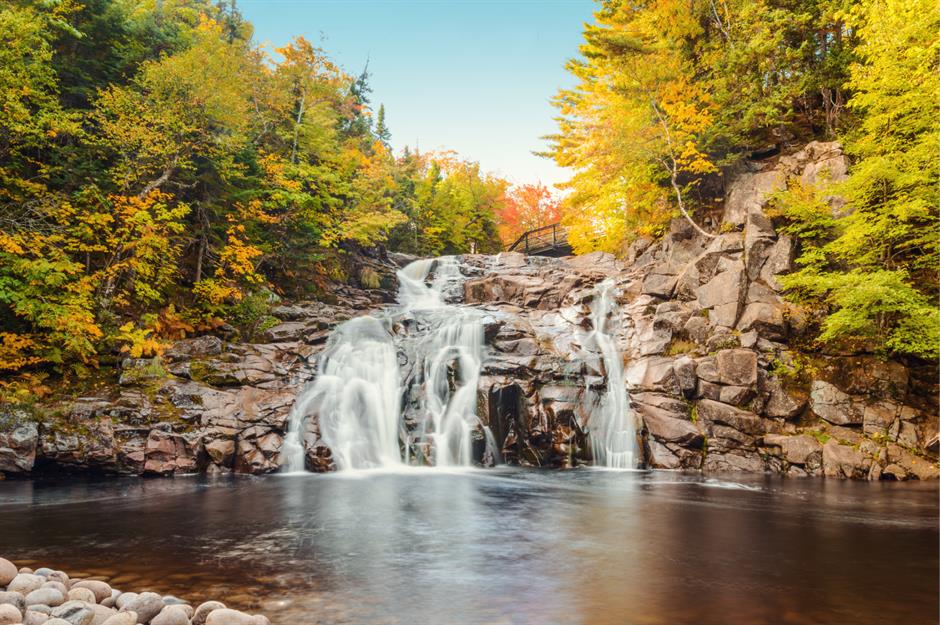
One of Nova Scotia's most heralded attractions is the scenic Cabot Trail, and a good portion of the scenic roadway winds through Cape Breton Highlands National Park. The road traces along Cape Breton’s coast, through rolling hills and dramatic canyons.
The journey offers both mountain and ocean views, complete with the possibility of wildlife appearances from animals like humpback whales, bringing together the best of both worlds in this unique ecosystem.
Kejimkujik National Park and National Historic Site, Nova Scotia
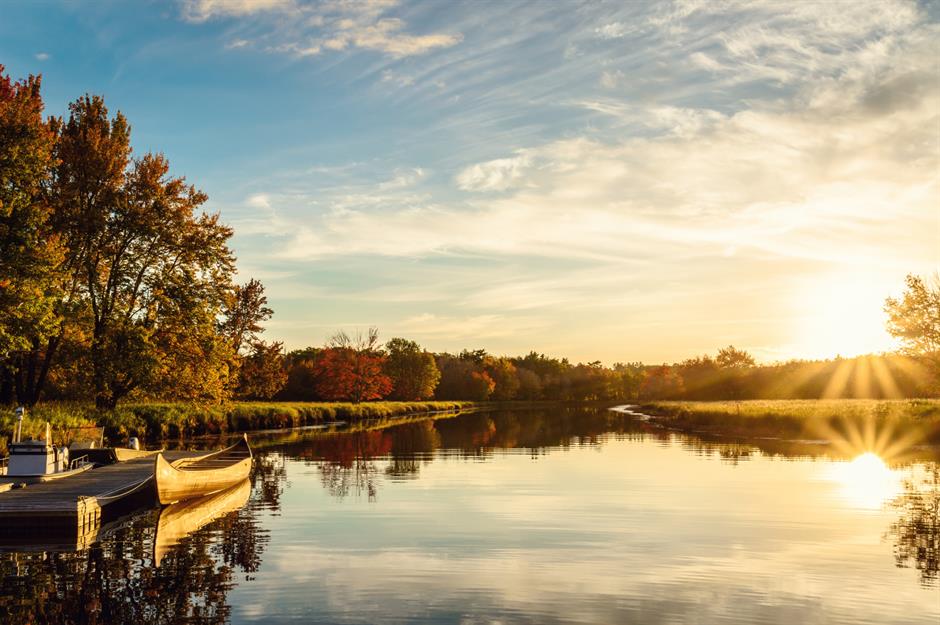
Kejimkujik National Park actually encompasses two sites: an inland portion marked by forests, streams and cultural artefacts left by the Mi’kmaq people who have lived there for thousands of years, plus a seaside area about 62 miles (100km) southeast of the main park with bogs and white-sand beaches. The park is one of Parks Canada's 13 Dark-Sky Preserves, making it as mind-blowing for stargazers at nighttime as it is for nature lovers during the day.
Sable Island National Park Reserve, Nova Scotia
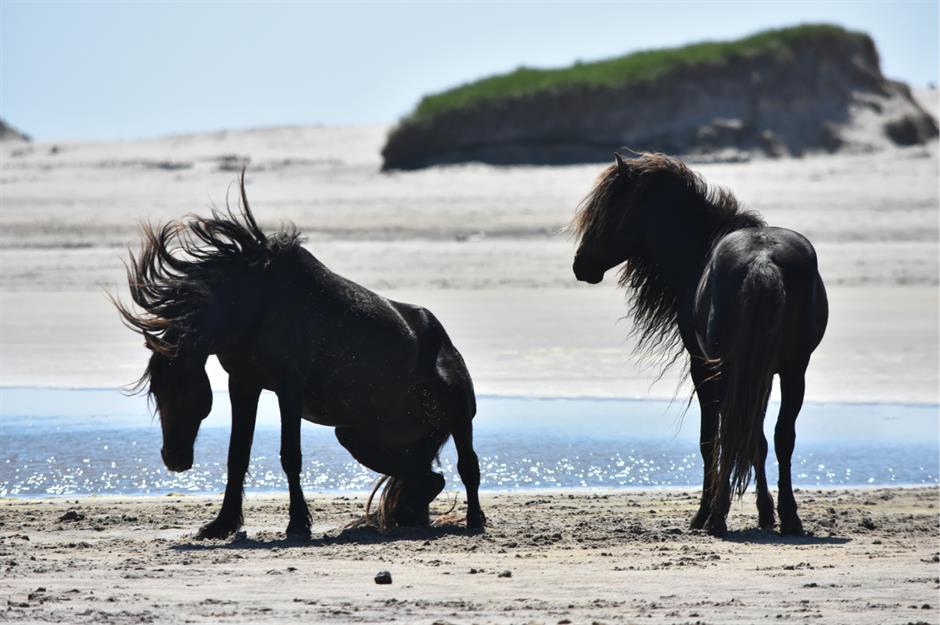
An incredibly isolated crescent-shaped island in the Atlantic Ocean that sits 109 miles (175km) from mainland Nova Scotia, Sable Island National Park Reserve is like a fairy-tale oasis for breathtakingly beautiful wild horses.
The ancestors of the approximately 500 horses are believed to have been introduced to the island in the late 1730s and they now share their habitat with the world’s largest breeding colony of grey seals and a number of unique birds.
Torngat Mountains National Park, Newfoundland and Labrador
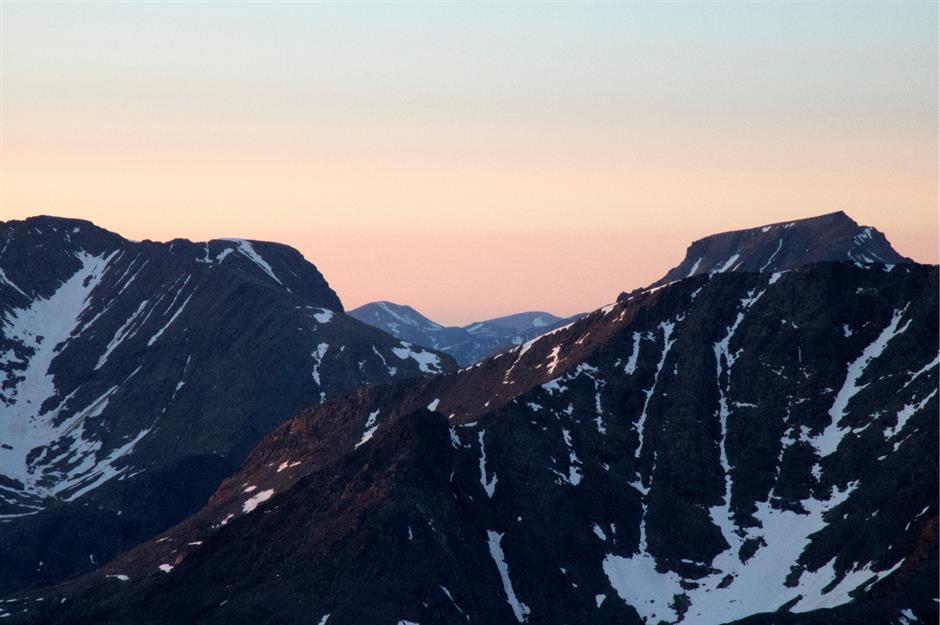
Unspoiled and untamed, this national park on the tip of the Labrador peninsula is home to the largest mainland mountains in Canada outside the Rockies. Torngat Mountains National Park's name comes from the Inuktitut word for 'place of spirits'.
The park is known for its Inuit culture, jagged fjords, polar bear and caribou populations and, of course, mountains. The cliffs and rock formations have an almost ancient feel to them, making this a truly magical place.
Gros Morne National Park, Newfoundland and Labrador
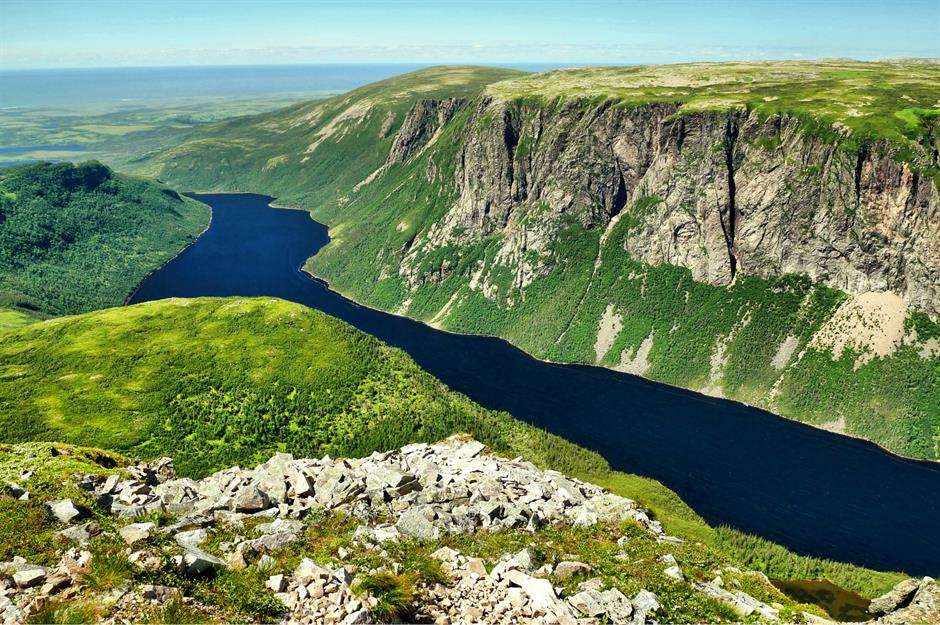
Situated on the west coast of Newfoundland, Gros Morne National Park is also a UNESCO World Heritage Site, recognised for its raw terrain and variety of natural wonders. The glacier-formed landscape is favoured by hikers, who walk in areas like the Tablelands which were formed by plate tectonics millions of years ago. There are also mountains, beaches and sea stacks to be seen, with each natural feature telling a story about the formation of the Earth.
Terra Nova National Park, Newfoundland and Labrador
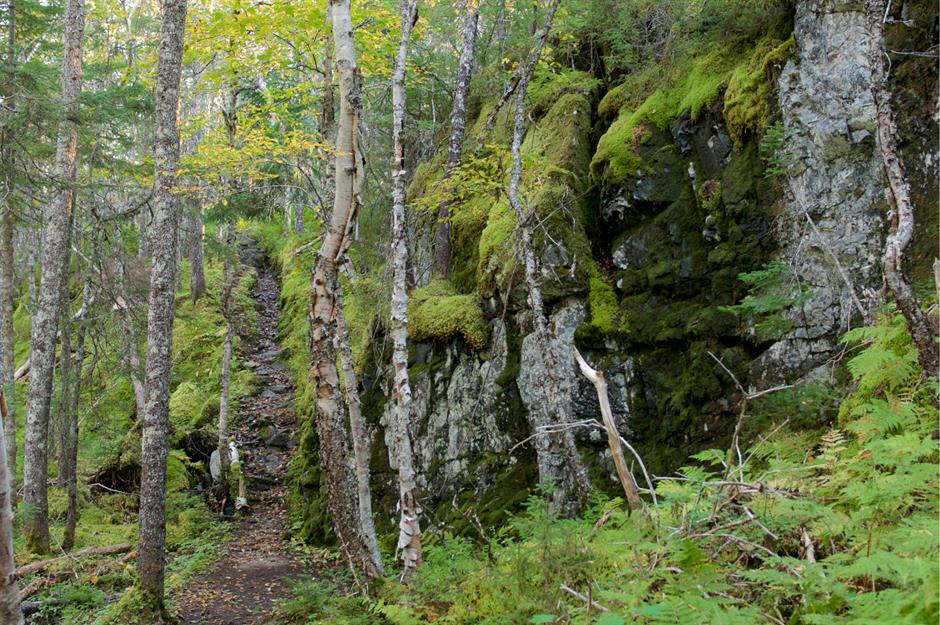
The most easterly national park in Canada, Terra Nova National Park is on the east coast of Newfoundland, overlooking the fury of the Atlantic Ocean. The seaside stretches, boreal forest and starry night skies make the park a paradise for campers and glampers. Adventurers and outdoor enthusiasts of all levels love it here thanks to a host of hiking trails, kayaking, biking and even a golf course.
Comments
Be the first to comment
Do you want to comment on this article? You need to be signed in for this feature